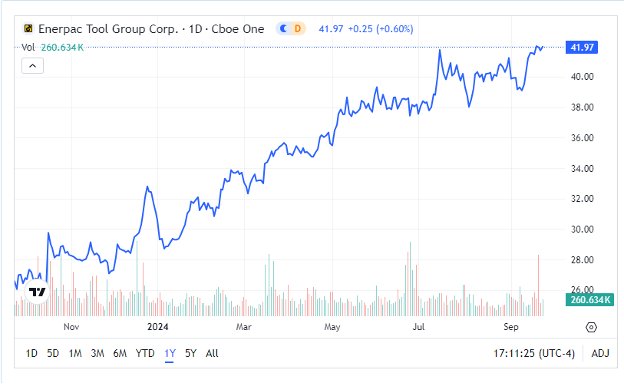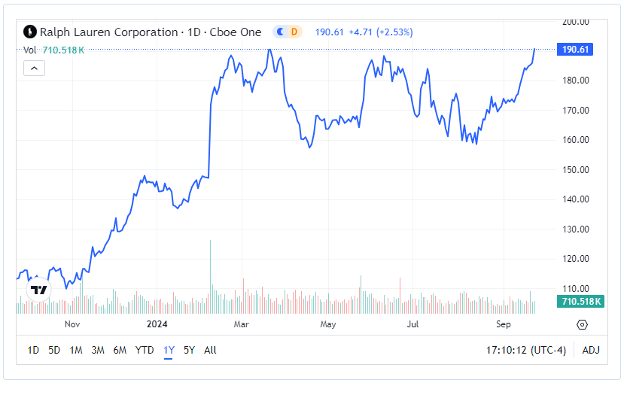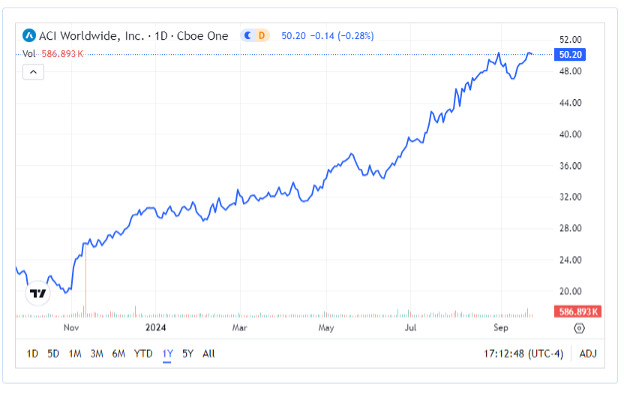Zinger Key Points
- Discover how a simple twin momentum strategy, combining value and trend investing, can consistently outperform the S&P 500
- China’s new tariffs just reignited the same market patterns that led to triple- and quadruple-digit wins for Matt Maley. Get the next trade alert free.
This Simple Strategy Takes Minutes And Crushes The S&P 500 3-to-1
It took me a long time to understand and accept that there is more than one way to earn outsized profits in the financial markets consistently.
Coming up as an investor and analyst in the 1980s we all viewed it as something of a Sharks versus Jets situation.
You were either a value guy or a growth guy.
In that era, value guys were always winning, as takeover artists, corporate raiders, and the nascent private equity industry all practiced some form of value investing.
Michale Milken's original work on Fallen Angels was a brand of value investing that drew heavily on some of the early works of Ben Graham and W. Braddock Hickman, who was the Ben Graham of corporate bonds
It was widely accepted that the last time we let the growth guys be in charge was the Go-Go years in the 1960s, and that had ended in disaster.
But then something happened that made me realize there are ways to boost the already impressive returns from value investing…
We had heard rumbling of something called trend following from the guys in the Chicago commodities markets, but we all knew that bunch were all crazy risk junkies that were one step above degenerate gamblers.
As for momentum, UCLA scholars Narasimhan Jegadeesh and Sheridan Titman would not formally introduce that concept until 1992.
It was not until I met folks like Louis Navellier, Yale Hirsch, Larry Williams, and other investors and traders who had achieved enormous success using different methodologies that I realized I needed to expand my horizons.
I learned that there are many ideas and theories, and they must all be studied and tested.
I have found that most of the best-sounding ideas simply do not work.
I have also learned that a lot of ideas work for a while and last until someone writes about them.
Once that happens, the money is whipped out of existence as floods of cash rush in to eliminate them.
I can talk about examples of this almost endlessly and probably will at some point.
Years of reading, studying, talking, and testing have convinced me that there are three Holy Grails of investing: Value, Trend, and Momentum.
I am not the first to reach that conclusion, and I will not be the last.
There are a host of economic and psychological that all three will always work, but we will save that lengthy discussion for another day.
Today, I want to continue exploring the concept of twin momentum. This is simply the idea that when we find stocks where continual operating excellence attracts institutional and other big money buyers that drives a stock price continually higher, we should buy them.
Let me illustrate this by sharing a simple twin momentum strategy that crushes the S&P 500 and takes just a few minutes every three months.
We are going to combine the work of two professors who have conducted extensive research on what works in the stock market.
Joseph Piotroski is a renowned accounting professor and financial researcher best known for developing the Piotroski F-Score, a value-investing strategy that helps identify financially strong companies. The F-Score is a nine-point scoring system that evaluates a company based on fundamental financial metrics, such as profitability, leverage, and operational efficiency.
The higher the score, the stronger the fundamentals.
Gary Antonacci is a professor and investment strategist known for popularizing the concept of dual momentum investing. His approach combines two types of momentum strategies: relative momentum, which compares the performance of assets against each other, and absolute momentum, which looks at an asset’s own historical performance.
The approach is simple: Buy companies that score 9 out of 9 on the F Score model, have positive 52-week returns and have outperformed the market over the last 52 weeks.
Now, you want to select the ten with the highest smooth, up, and to the right momentum and buy them.
The F-score cannot change until the next earnings report so you will rebalance the portfolio every 13 weeks.
If the momentum has faded or the fundamental have slipped, you sell the stock and replace it.
It is simple, and it works.
Since 2000, you would have outperformed the market by more than 3 to 1.
We are building the tools that will allow you to put this portfolio together quickly and easily right here on Benzinga.com, but for now here are the current ten stocks that make the cut for the Dual Momentum, High F-Score portfolio:
You can find all of our stock picks and trade ideas by upgrading your membership Here!










Image via Shutterstock
© 2025 Benzinga.com. Benzinga does not provide investment advice. All rights reserved.
Trade confidently with insights and alerts from analyst ratings, free reports and breaking news that affects the stocks you care about.